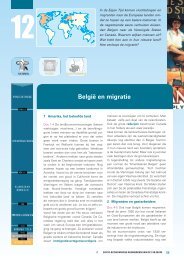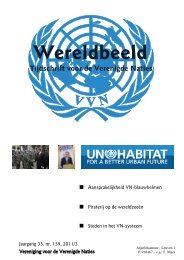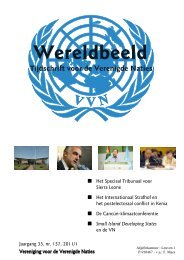Annex 5: United Nations Security Council Resolution 1874 (2009)
Annex 5: United Nations Security Council Resolution 1874 (2009)
Annex 5: United Nations Security Council Resolution 1874 (2009)
Create successful ePaper yourself
Turn your PDF publications into a flip-book with our unique Google optimized e-Paper software.
- A plutonium reprocessing plant about 600 feet long and several stories high. The<br />
plant would separate weapons grade plutonium-239 from spent nuclear fuel rods for<br />
insertion into the structure of atomic bombs or warheads. U.S. intelligence agencies<br />
reportedly detected North Korean preparations to restart the plutonium reprocessing<br />
plant in February and March 2003. According to press reports, the CIA estimated in<br />
late 2003 that North Korea had reprocessed some of the 8,000 fuel rods. IAEA<br />
monitors in July 2007 stated that the reprocessing plant was not in operation, and it<br />
remained shut down into early <strong>2009</strong>.<br />
- Satellite photographs reportedly also show that the five megawatt reactor has no<br />
attached power lines, which it would have if used for electric power generation.<br />
North Korea’s secret highly enriched uranium (HEU) program appears to date from<br />
at least 1996. According to a CIA report to Congress, North Korea attempted in late<br />
2001 to acquire “centrifuge-related materials in large quantities to support a uranium<br />
enrichment program.”<br />
Next to these central facilities at Yongbyon, the map below developed by the Center for Non-<br />
Proliferation Studies at the Monterey Institute of International Studies, offers a good overview of<br />
the DPRK’s other nuclear facilities and their locations:<br />
© <strong>2009</strong> – Dr. D. Criekemans – Negotiations in UNSC on the continuing security provocations by North Korea 15







